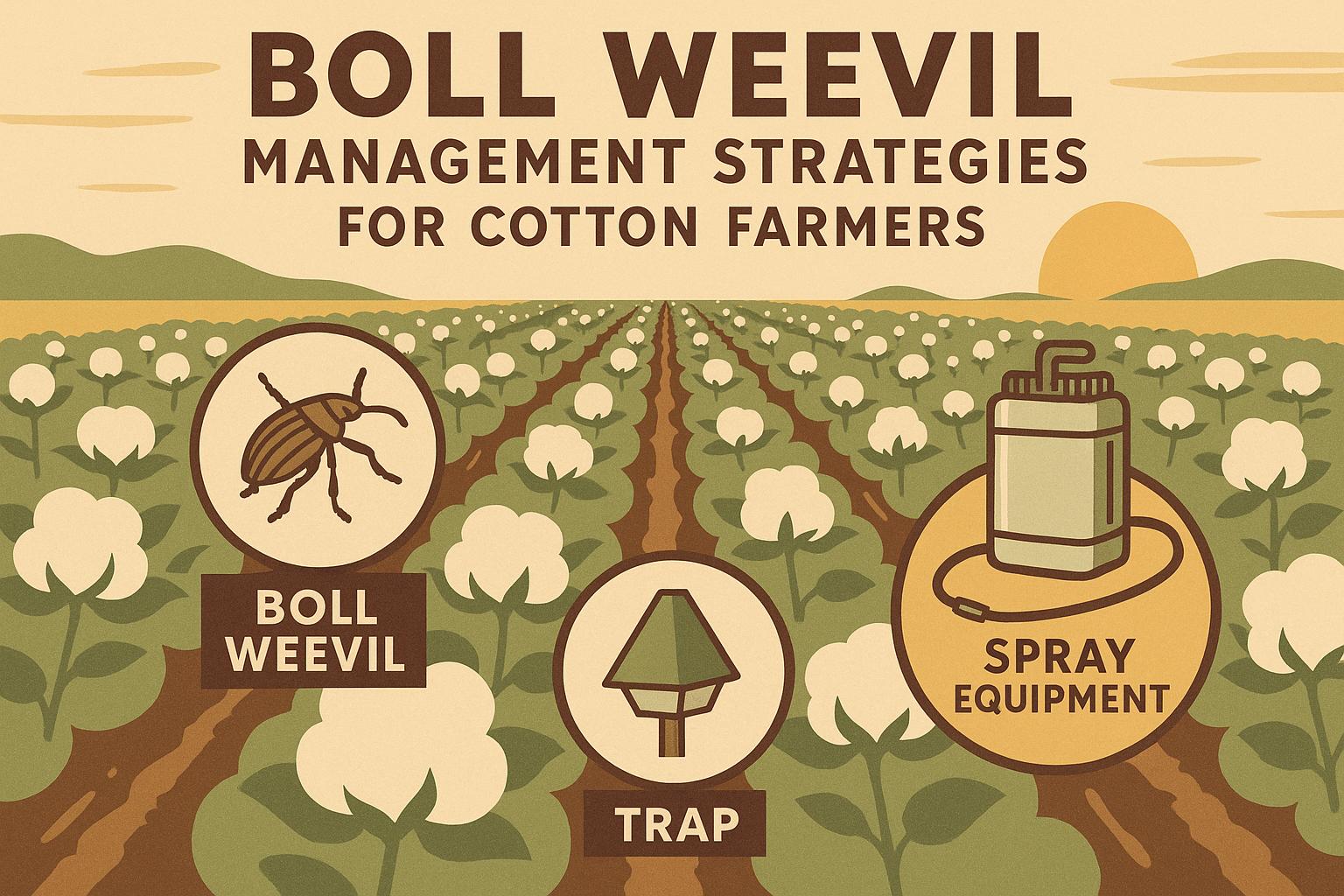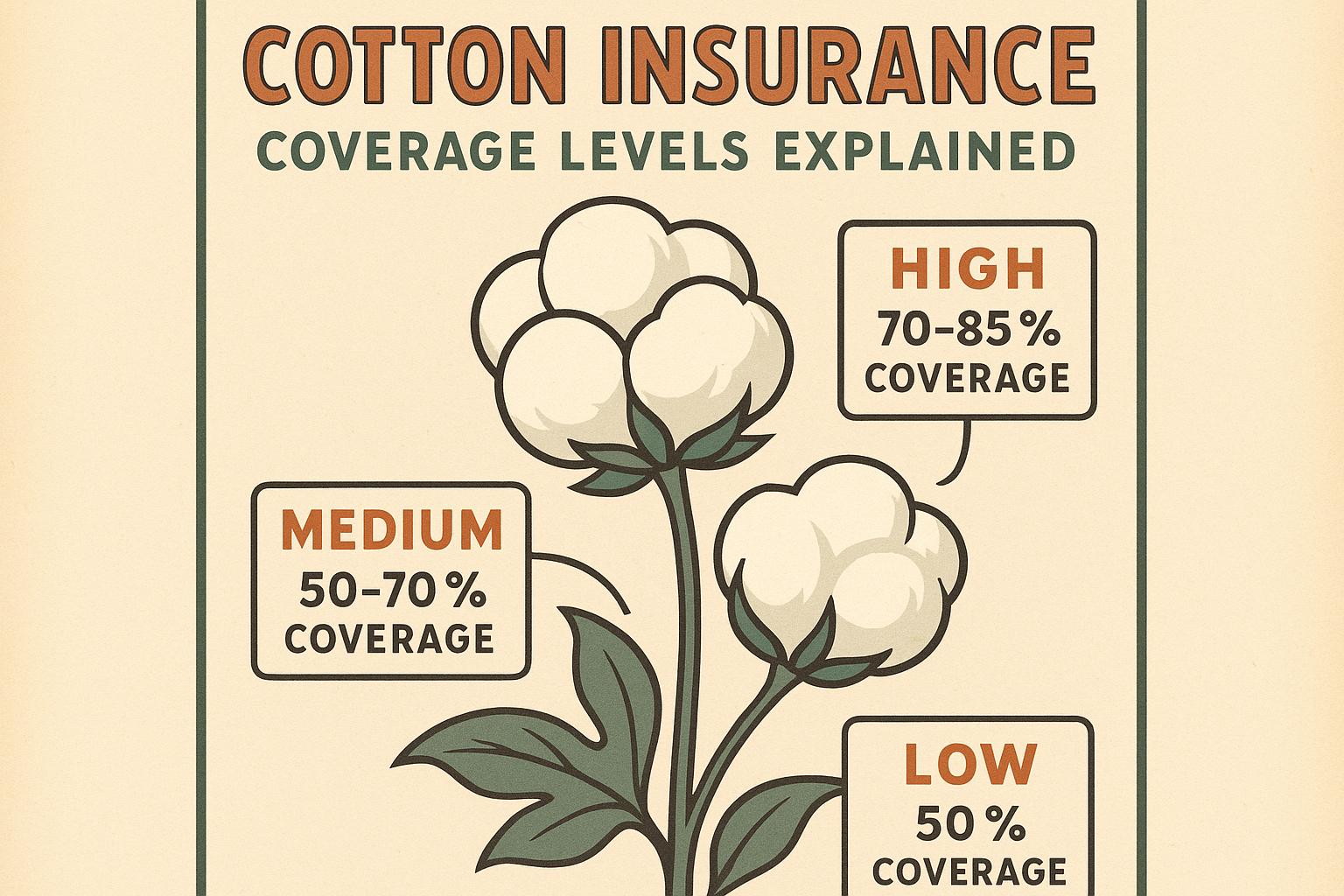When it comes to producing high-quality fabrics, not all cotton is created equal. Among the many varieties grown worldwide, long staple cotton stands out as the gold standard for premium textiles. Whether you’re a farmer, a textile manufacturer, or simply a lover of luxurious fabrics, understanding what makes long staple cotton so special can deepen your appreciation for this remarkable fiber. At Cotton Gins, we’re passionate about the science and art of cotton production, and today, we’re diving into why long staple cotton reigns supreme in the world of textiles.
What Is Long Staple Cotton?
Before we explore its superiority, let’s define what long staple cotton actually is. In the cotton industry, "staple" refers to the length of the cotton fiber. Cotton is classified into three main categories based on staple length: short staple (less than 1 inch), medium staple (1 to 1-1/8 inches), and long staple (1-1/8 inches or longer). Long staple cotton, sometimes called extra-long staple (ELS) when it exceeds 1-3/8 inches, is the cream of the crop.
The longer the fiber, the fewer loose ends there are when spinning it into yarn. This results in a smoother, stronger, and more durable thread—qualities that translate directly into the finished textile. Famous varieties of long staple cotton include Egyptian cotton, Pima cotton, and Sea Island cotton, each prized for its exceptional length and fineness.
At cottongins.org, we’ve seen firsthand how the ginning process enhances the natural qualities of long staple cotton, ensuring that these premium fibers reach their full potential. But what exactly makes this cotton variety so coveted? Let’s break it down.
The Science Behind Long Staple Cotton’s Superiority
The magic of long staple cotton lies in its physical properties. Here’s why its fiber length gives it an edge over shorter varieties:
1. Strength and Durability
Long staple cotton fibers are inherently stronger because their extended length allows them to twist together more tightly during spinning. This creates a yarn that resists breaking or fraying, even after repeated use or washing. For premium textiles like bedsheets, towels, or high-end clothing, durability is a must—and long staple cotton delivers.
2. Smoothness and Softness
Short staple cotton often produces yarns with tiny protruding ends, leading to a rougher texture. In contrast, the extended fibers of long staple cotton align more uniformly, resulting in a silky-smooth finish. This softness is why Egyptian and Pima cotton are staples in luxury bedding and apparel.
3. Fineness and Versatility
Long staple cotton fibers are typically finer (thinner) than their short staple counterparts. This fineness allows manufacturers to spin thinner, lighter yarns without sacrificing strength. Whether it’s a breezy summer shirt or a tightly woven dress fabric, long staple cotton adapts beautifully to a range of textile needs.
4. Reduced Pilling
Ever notice those annoying little balls of fuzz on your favorite sweater? That’s pilling, and it’s far less common with long staple cotton. The longer fibers stay intact longer, minimizing the wear and tear that leads to pilling. This makes it ideal for garments and linens meant to look pristine over time.
These qualities aren’t just theoretical—they’re measurable. Textile experts often test cotton for tensile strength, micronaire (fineness), and uniformity, and long staple cotton consistently outperforms other types. At Cotton Gins, we’ve optimized our ginning equipment to preserve these natural advantages, ensuring the fiber’s integrity from field to fabric.
A Brief History of Long Staple Cotton
Long staple cotton isn’t a modern invention—it’s been cherished for centuries. Its story begins in regions where climate and soil naturally favor longer fibers. For instance, Sea Island cotton, grown in the coastal regions of the southeastern United States and the Caribbean, was celebrated as early as the 18th century for its silk-like qualities. Meanwhile, Egyptian cotton, cultivated along the Nile River, gained fame in the 19th century under the reign of Muhammad Ali Pasha, who promoted its development for export.
Pima cotton, named after the Pima Native Americans who helped cultivate it in the American Southwest, emerged as a modern successor to these ancient varieties. Today, it’s grown primarily in the U.S., Peru, and Australia, continuing the legacy of long staple excellence.
This rich history underscores why long staple cotton remains synonymous with luxury. It’s not just a fiber—it’s a tradition of quality that’s been perfected over generations.
Why Textile Makers Choose Long Staple Cotton
For textile manufacturers, the decision to use long staple cotton isn’t just about prestige—it’s about performance. Here’s why it’s the go-to choice for premium products:
Exceptional Comfort
Imagine slipping into a bed made with 600-thread-count sheets or wearing a shirt that feels like a second skin. Long staple cotton’s softness and breathability elevate the user experience, making it a favorite for high-end bedding, towels, and clothing.
Vibrant Colors and Prints
The smooth surface of long staple cotton yarns takes dyes more evenly than rougher fibers. This means richer, more consistent colors and sharper patterns—perfect for designer fabrics where aesthetics matter as much as feel.
Longevity Equals Value
While long staple cotton products often come with a higher upfront cost, their durability makes them a smart investment. A set of Pima cotton sheets might outlast cheaper alternatives by years, offering better value over time.
At cottongins.org, we work with growers and gins who understand these benefits. Our ginning process ensures that every bale of long staple cotton meets the exacting standards of the textile industry, from fiber length to cleanliness.
Challenges of Growing Long Staple Cotton
If long staple cotton is so amazing, why isn’t all cotton long staple? The answer lies in the challenges of its cultivation. Producing this premium fiber requires specific conditions and care:
Climate Sensitivity
Long staple cotton thrives in warm, consistent climates with long growing seasons—think Egypt’s Nile Delta or the arid plains of the American Southwest. Too much rain or temperature fluctuation can stunt fiber growth, reducing staple length.
Soil and Water Demands
These varieties often need fertile, well-drained soil and precise irrigation. For example, Egyptian cotton owes much of its success to the Nile’s predictable flooding, while Pima cotton benefits from controlled irrigation in desert regions.
Lower Yields
Long staple cotton plants typically produce less fiber per acre than short staple varieties. This lower yield, combined with the extra effort required, drives up production costs—part of why it’s considered a luxury product.
Farmers who grow long staple cotton are true artisans, balancing nature’s variables to coax out those extra-long fibers. At Cotton Gins, we salute their dedication by processing their harvests with the utmost precision.
Long Staple Cotton vs. Short Staple: A Side-by-Side Comparison
To truly appreciate long staple cotton, let’s compare it to its short staple cousin:
- Fiber Length: Long staple (1-1/8 inches or more) vs. short staple (less than 1 inch).
- Strength: Long staple yarns are stronger and less prone to breaking.
- Texture: Long staple is smoother; short staple can feel coarse or fuzzy.
- Uses: Long staple suits luxury textiles; short staple is common in budget fabrics like T-shirts or denim.
- Cost: Long staple is pricier due to lower yields and higher quality.
While short staple cotton has its place—think everyday wear or industrial fabrics—it simply can’t match the refinement of long staple cotton for premium applications.
The Future of Long Staple Cotton
As sustainability becomes a priority in textiles, long staple cotton is well-positioned to lead. Its durability reduces the need for frequent replacements, cutting waste over time. Plus, advances in agricultural technology—like drought-resistant varieties or precision farming—could make it easier to grow, potentially lowering costs without sacrificing quality.
Consumers are also driving demand. As awareness grows about the benefits of long staple cotton, more people are willing to invest in products that offer comfort, longevity, and eco-friendly appeal. From boutique fashion brands to major bedding retailers, the market for this premium fiber is expanding.
Conclusion: The Unmatched Elegance of Long Staple Cotton
There’s a reason long staple cotton is called the gold standard for premium textiles. Its strength, softness, and versatility set it apart, making it the choice of discerning growers, manufacturers, and consumers alike. While it requires extra effort to produce, the payoff is clear: fabrics that feel better, look better, and last longer.
At Cotton Gins, we’re proud to play a role in bringing long staple cotton from the field to your home. Whether you’re exploring Egyptian cotton sheets or Pima cotton shirts, you’re experiencing a legacy of quality that’s centuries in the making. So next time you’re shopping for textiles, look for the long staple label—it’s a small detail that makes a big difference.
Have questions about long staple cotton or ginning? Visit cottongins.org to learn more or get in touch.


